Cattlytics makes livestock management and tracking simple, precise, and impactful—bringing ease to every decision.
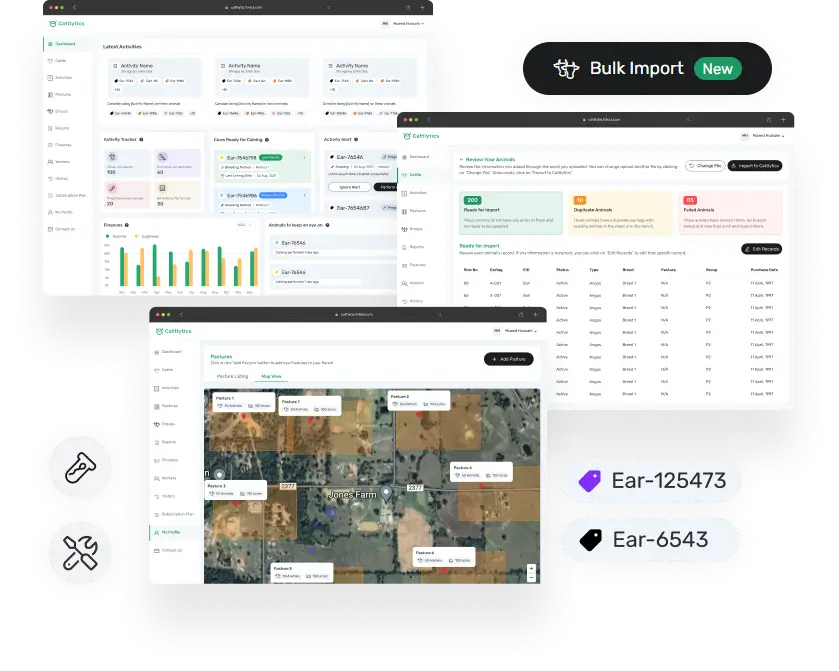

Cattlytics Beef uplifts your beef operations from the ground up. Track every animal, from birth to market, and use actionable insights to make data-driven decisions at every stage of the beef production process.
Cattlytics Dairy gives you a clear picture of herd health and productivity, empowering dairy farmers to increase milk production and profitability.




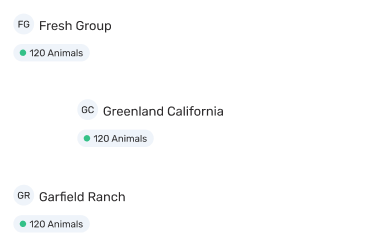
Track animal IDs, breeding histories, and group metrics in one place and ensure that no data is missed.
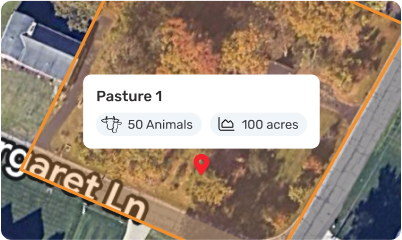
Map multiple farms and grazing zones to manage pasture rotation and track progress of multiple farms in no time.

Schedule and assign tasks like feeding, vaccinations, or weighing directly from the livestock management app to keep operations effortless.
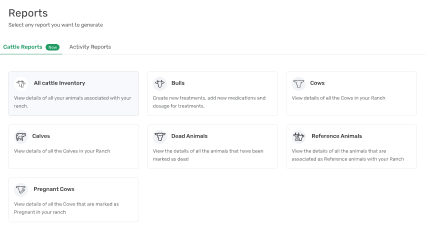
Automatically generate farm financial reports, herd performance analytics, and treatment summaries with real-time insights.

Monitor individual animal treatments and withdrawal periods with automated alerts to prevent issues before they arise.

Record data and manage tasks on your livestock farm management software, even without internet connectivity.





Leverage the most diversified livestock management software for the most efficient processes.





Integrate with your preferred farm management, accounting, and ERP systems for unified data and efficient operations across the board.
Cattlytics connects effortlessly to our existing systems, making data sharing and operational management smoother than ever before — Laura Mitchell, Operations Manager, Prairie Farms
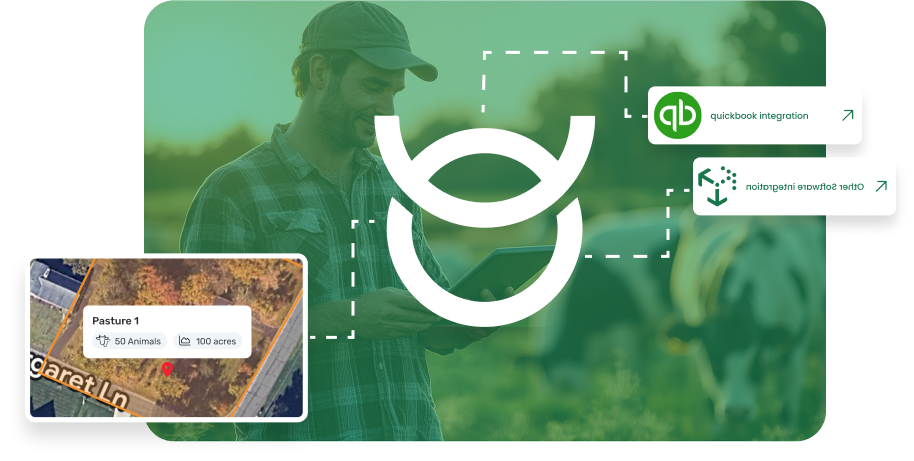
Sync with IoT devices, RFID tags, and sensors to gather real-time data with a livestock tracking software that informs smarter decisions for better livestock management.
Integrating RFID tags and IoT sensors with Cattlytics delivers real-time cattle insights that revolutionize our decision-making and herd management. — James Carter, Herd Manager, Rolling Hills Ranch
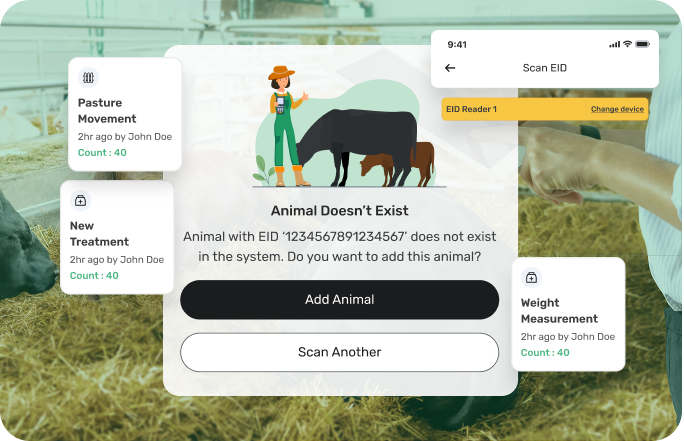
Easily connect to regulatory bodies and industry associations for compliance tracking, reporting, and maintaining industry standards effortlessly.
By integrating with cattle associations, Cattlytics ensures smooth data sharing, improving traceability, compliance, and access to valuable industry insights. — Megan Walker, Owner, High Plains Livestock Network
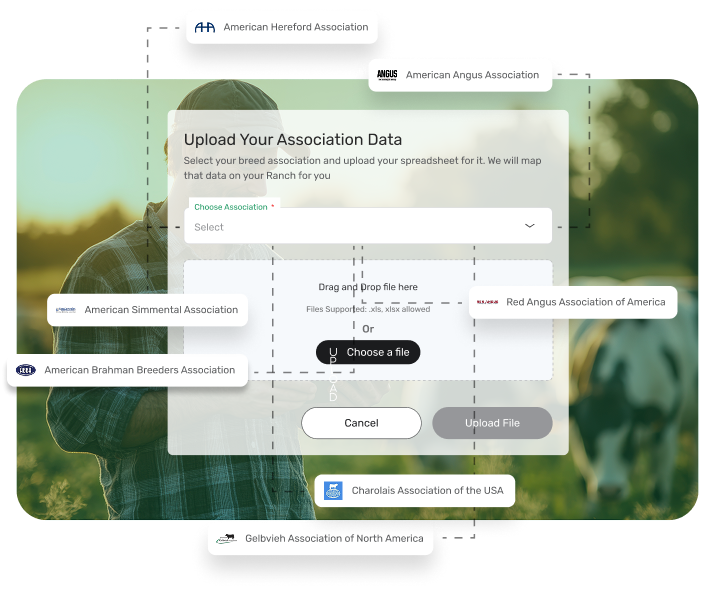





Explore livestock management system that works for you. Simplify your daily workload and boost productivity.

The University of Nebraska recently celebrated the completion of a new feedlot research, teaching, and...
Cattlytics’ March 2024 Release is here, bringing you groundbreaking updates for smarter cattle management. This...
This update was driven by valuable customer feedback, highlighting the need for a robust reporting...
HARRISBURG, Pa. — The Discover Dairy’s “Adopt a Cow” program has begun enrollment for the...
